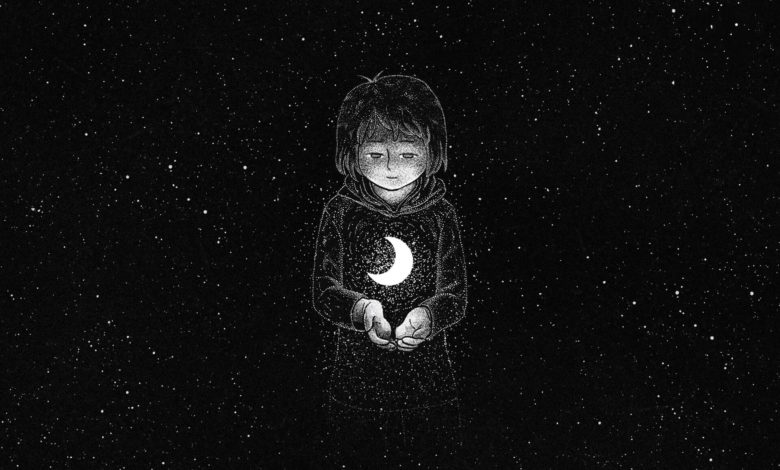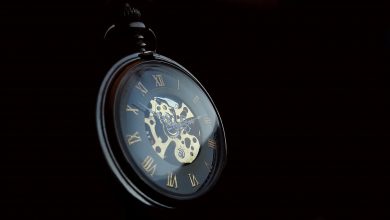Things to Know About the Rorschach Ink Test

Many have heard of the famous Rorschach inkblot test, where participants were asked to look at vague inkblot images and then describe what they saw. The test is often known in popular culture and is often portrayed as a way to reveal a person’s unconscious thoughts, motives, or desires. This article provides information about what the Rorschack ink test is, why it is done and how it is applied.
Description and History of the Rorschach Ink Test
The Rorschach inkblot test is a type of projective psychological test created in 1921 by a Swiss psychologist named Hermann Rorschach. This test, which is generally applied to evaluate personality and emotional functioning, is the second most frequently used forensic test after MMPI-2. A 1995 survey of 412 clinical psychologists by the American Psychological Association found that 82% used the Rorschach inkblot test at least occasionally.
Rorschach is certainly not the first to suggest that a person’s interpretation of an ambiguous scene can reveal hidden aspects of that person’s personality. He may have been inspired to create his famous test with various effects. As a child, Rorschach took a keen interest in klecksography or the art of creating images from ink stains, and as he grew older he mutually developed this interest in art and psychoanalysis. He even published articles analyzing the artwork of mentally ill people and suggested that the art they produced could be used to learn more about their personalities.
A game created in 1896 created inkblot monsters, even using them as guides for stories or lines. Alfred Binet has previously tried using ink blots to analyze creativity and planned to include it in intelligence tests. Rorschach was perhaps inspired by both his childhood hobbies and Sigmund Freud’s work on dream symbolism. He tried to develop a systematic approach to using ink stains as an assessment tool.
Ink Test
Rorschach developed the ink testing approach after studying over 400 subjects, including more than 300 mental patients and 100 control subjects. His 1921 book Psychodiagnostics presented ten ink spots he chose for high diagnostic value. The book also detailed its approach to scoring responses to the test, and it was not intended to develop a general purpose projective personality test. Its purpose is to create a test that can be used in the diagnosis of schizophrenia. Rorschach’s book did not receive much attention and died suddenly at the age of 37, just one year after the text was published. However, after the publication of the book, a wide variety of scoring systems have emerged and the test has become one of the most popular psychological tests.
How Does the Ink Test Work?
In understanding how inkblot tests work, it is necessary to know what they are made of and how they are applied. The basic principles of this test are as follows:
• The Rorschach test consists of 10 ink spots, some in color and some in black, white or gray.
• In the test; All ten cards are shown to the person to be worshiped by the psychiatrist or psychologist trained in interpretation and scoring. During the test, the subject is given each of the ten cards one by one.
• Then the subject is asked what he thinks the card looks like.
• Test takers are allowed to hold the cards in any position they choose, either upside down or sideways.
• Participants are free to interpret the ambiguous image as they wish.
• They can also respond as they wish. Participants may say that they haven’t seen anything, a few different things, or even nothing.
• Exam takers can focus on the image as a whole, certain aspects of the image, and even the white area surrounding the image.
• After the subject has made an answer, the psychologist is asked additional questions to further elaborate on the first impressions of the subject.
• Psychologist also evaluates responses on a large number of variables by looking at the big picture of the subject. These observations are then interpreted and compiled according to the individual’s profile.
So what exactly is being looked at when analyzing the Rorschach test’s inkblot responses? The true content of the responses is what the person subconsciously stores, but other factors are also important. Some of the things test practitioners look at include:
• How participants describe the picture: Certain responses are common on each card, so raters include a code to describe such responses.
• How long it takes to respond: Waiting too long before proposing an answer may indicate that the respondent is shocked by what they see.
• What the factors are: Factors are known as determinants that can include position, shape, color and shading that produce a response.
• What comments are: Extra or unrelated comments are additional comments that are not part of the main response.
• The popularity or originality of the responses provided. Some answers are fairly common, others can be much more unique. Highly atypical responses are notable as they may indicate disturbances in thought patterns.
How to Interpret the Rorschach Ink Test?
The first card in the Rorschach test is a black and white symmetrical image that participants often describe as a bat, butterfly, or moth. Seeing animal or human shapes is a common reaction to each of the 10 cards. For example, the third inkblot is often described as two human figures interacting in some form. Responses to this card are thought to provide information about how the individual interacts with other people. A relatively quick response can indicate that you are comfortable with others and comfortable in social relationships. However, a delayed response can reveal that the individual is struggling with social interactions. Some ink stains are red in color, which in some cases is perceived as blood. Responses to such cards are an indicator of how people deal with threats of harm or anger. Sexual imagery is also common in most cards.
Using the Rorschach Test as a Diagnostic Tool
Even though Rorschach is a popular psychological test that has been known for a long time, it continues to be heavily researched whether it is useful or not. Studies suggest that 43 to 77 percent of clinical psychologists use Rorschach as an assessment tool. However, one study has concluded that the Rorschach test has little validity as a diagnostic tool. The research has found that some of the responses given by the applied individuals to the ink stains may be evidence of bipolar disorder, schizophrenia and schizotypal personality disorder. However, research shows that responses to inkblot do not appear to be associated with post-traumatic stress disorder, anxiety disorders, behavioral disorder, major depressive disorder, dependent personality disorder, narcissistic personality disorder, behavioral disorder, or antisocial personality disorder.
Criticisms of the Rorschach Test
Despite the popularity of the Rorschach test, it remained the subject of considerable controversy. Most of the criticisms focus on how the test is scored and whether the results have any diagnostic value. The test was heavily criticized in the 1950s and 1960s for the lack of standardized procedures, scoring methods, and norms. Before 1970, there are basically five scoring systems that differ dramatically enough to represent five different versions of the test. In 1973 John Exner published a comprehensive new scoring system combining the strongest elements of previous systems. The Exner scoring system is now the standard approach used in the application, scoring and interpretation of the Rorschach test. There are some concerns about scoring the ink test, and these concerns include:
• Concerns about validity and reliability: In addition to early criticism of inconsistent scoring systems, critics point out that the poor validity of the test means that it cannot accurately describe most psychological disorders. As you can imagine, scoring the test can be a highly subjective process. Another important criticism of Rorschach is that it lacks credibility.
• Diagnostic concerns: The test has been of little help in diagnosing certain diseases such as bipolar disorder and schizophrenia. However, some experts caution that because the Exner scoring system contains errors, clinicians may be prone to overdiagnose psychotic disorders if they rely heavily on Exner’s system.
Benefits of Rorschach Tests
The test is mainly used in counseling and psychotherapy. Those who use it regularly see this test as a way to get a lot of qualitative information about the person being tested. The therapist and client can explore more of these problems later during therapy. Despite criticism of the use of the Rorschach test, it is now used extensively in various media such as hospitals, schools, and courtrooms.
Some skeptics have been more critical, arguing that Rorschach is nothing more than pseudoscience. In 1999 some psychologists called for a full moratorium on the use of the Rorschach ink lest for clinical purposes until researchers better determine which scores are valid and which are invalid. A later report has a more mixed finding of the usefulness of the ink test. The researchers concluded that although the test has problems, it does have a value in identifying thought disorders.
Researchers have suggested that its value as a measure of thought disorder in schizophrenia research is accepted. It is also regularly used in addiction research and less frequently in studies on hostility and anxiety. Moreover, there is substantial evidence justifying the use of Rorschach as a clinical measure of intelligence and thought disorder.
Some psychologists today dismiss Rorschach merely as a relic of the past of psychology, a pseudoscience on a par with phrenology and parapsychology. Some experts argue that while the Rorschach is certainly worth criticism, it is not unfair. The use of the test in identifying thought disorders is well planned, and current studies show that the validity of the test is more accurate than chance. Although this test is not an excellent tool, it can be useful in a psychotherapeutic assessment and in identifying certain psychiatric conditions.





